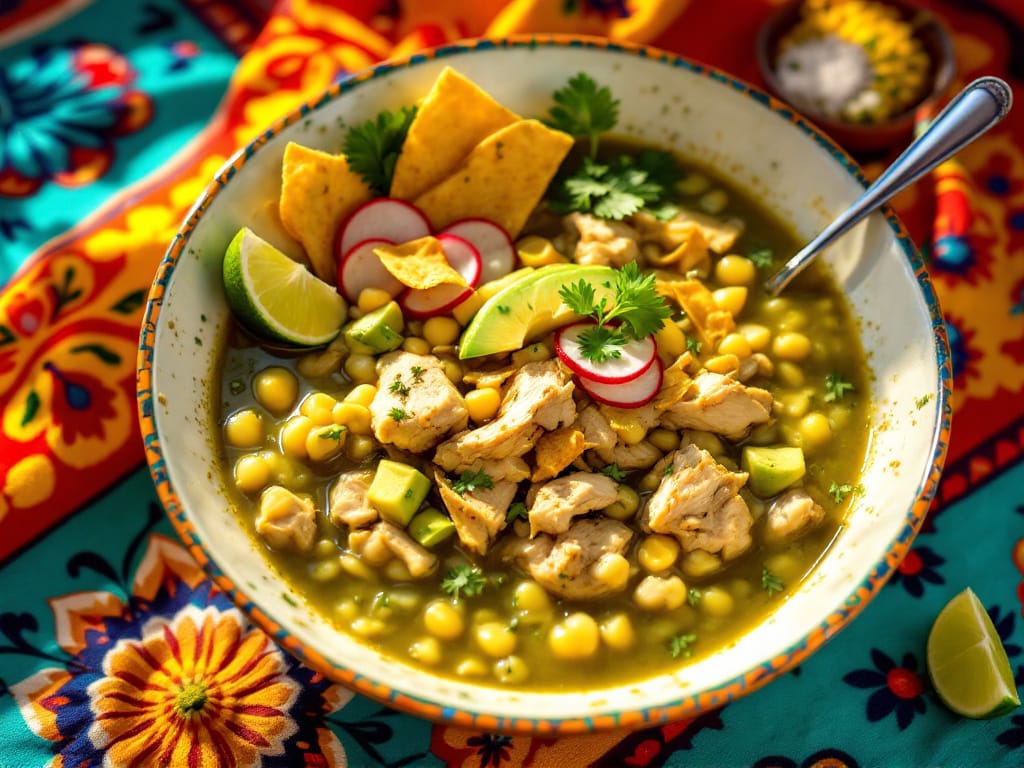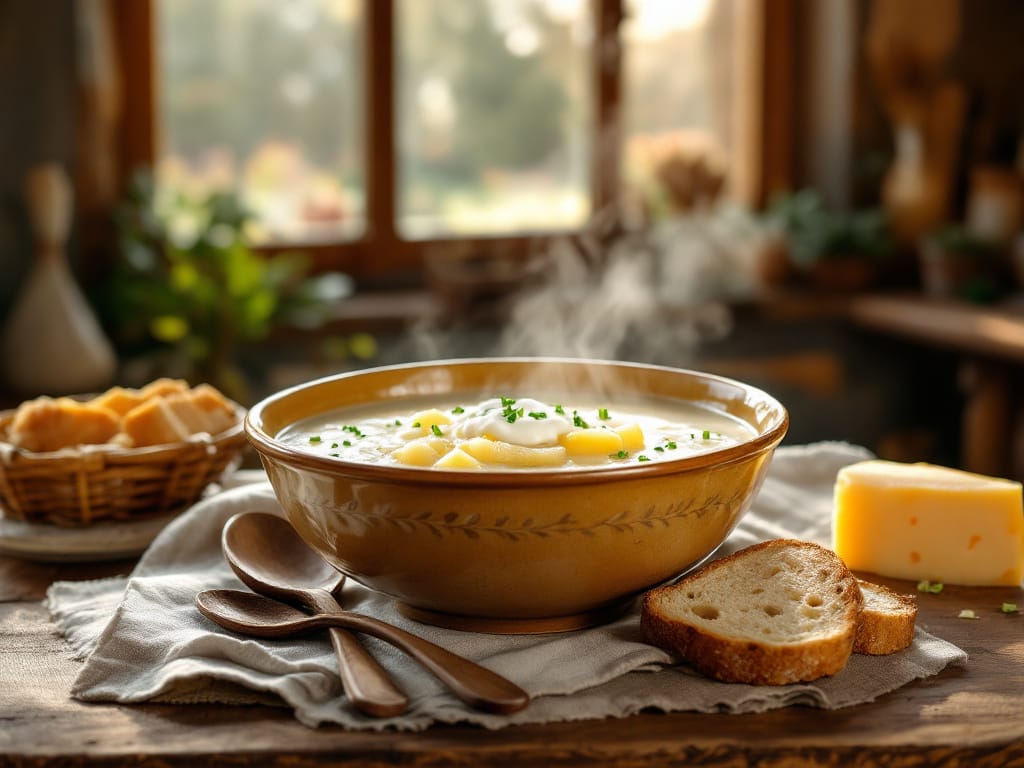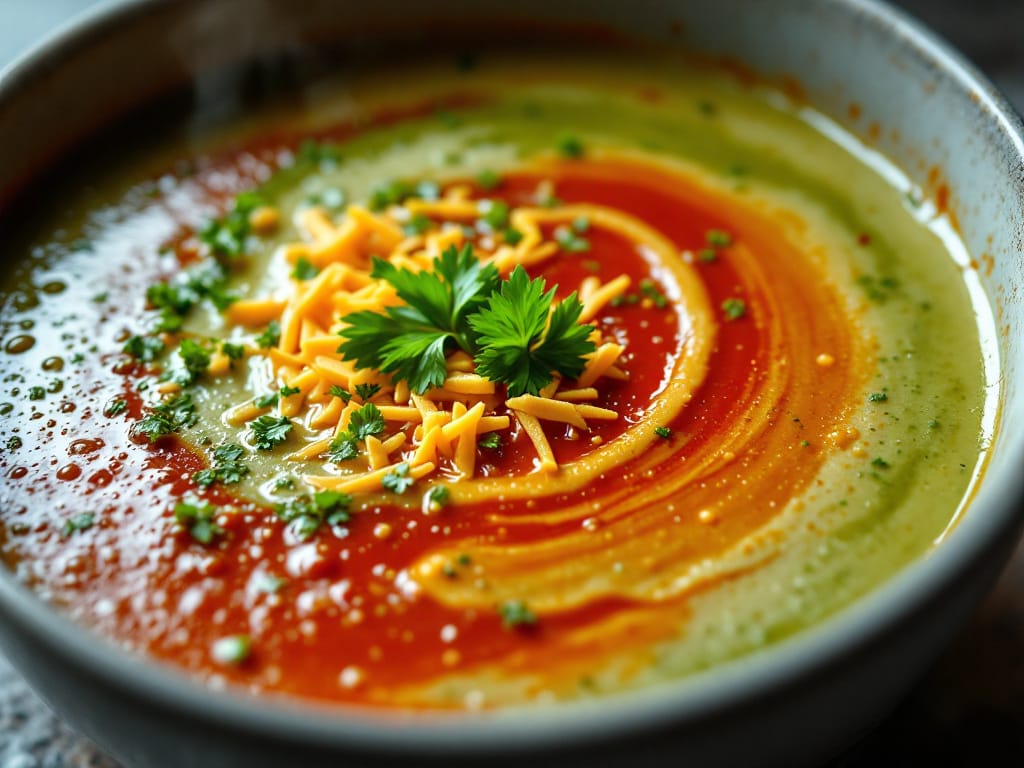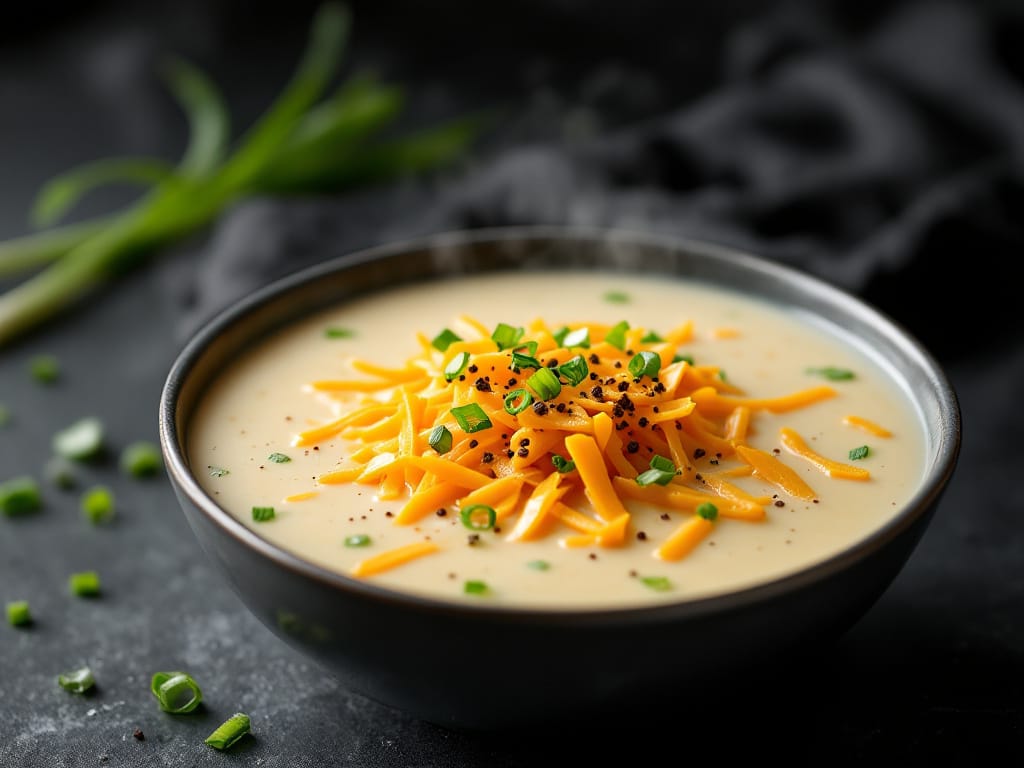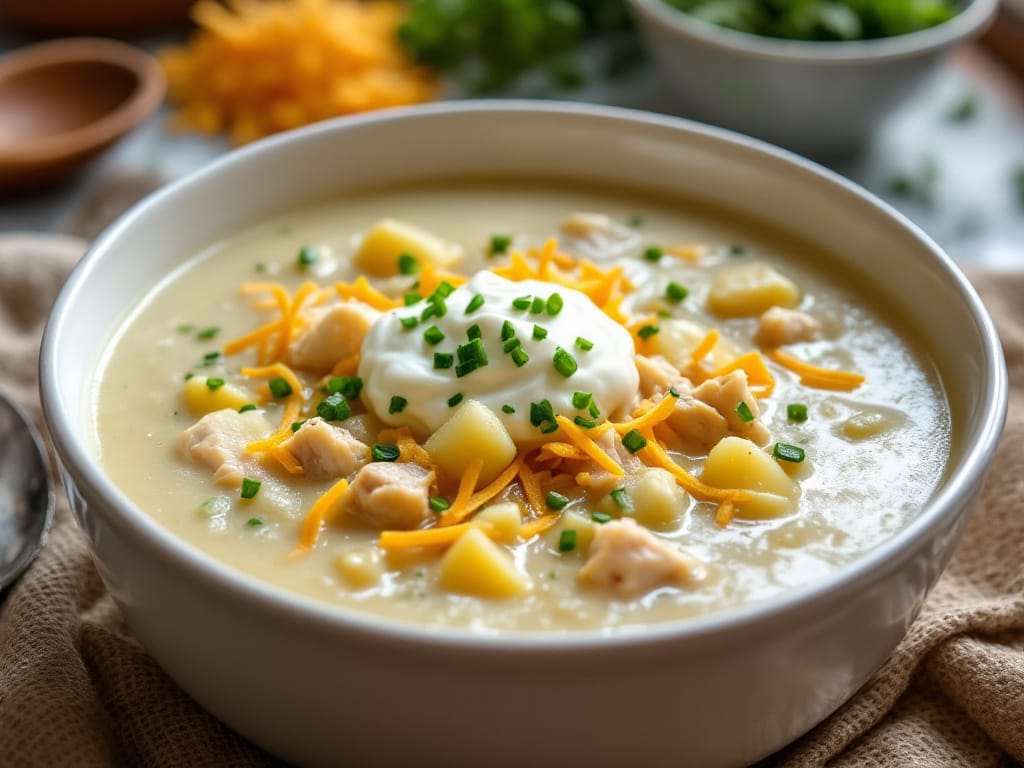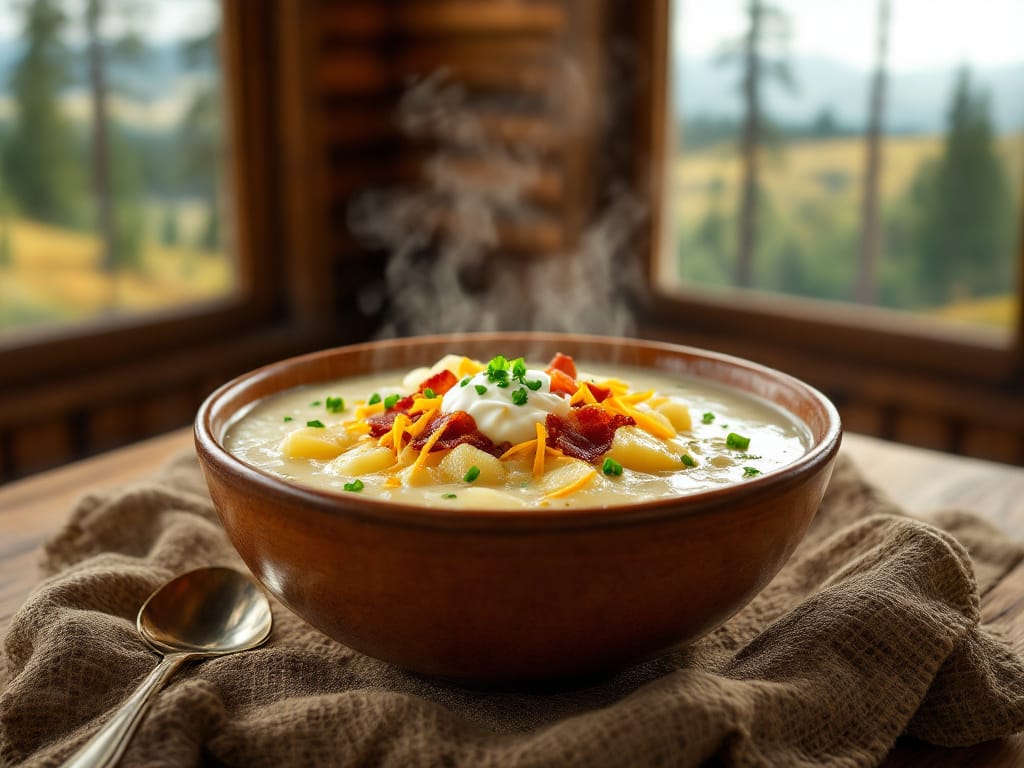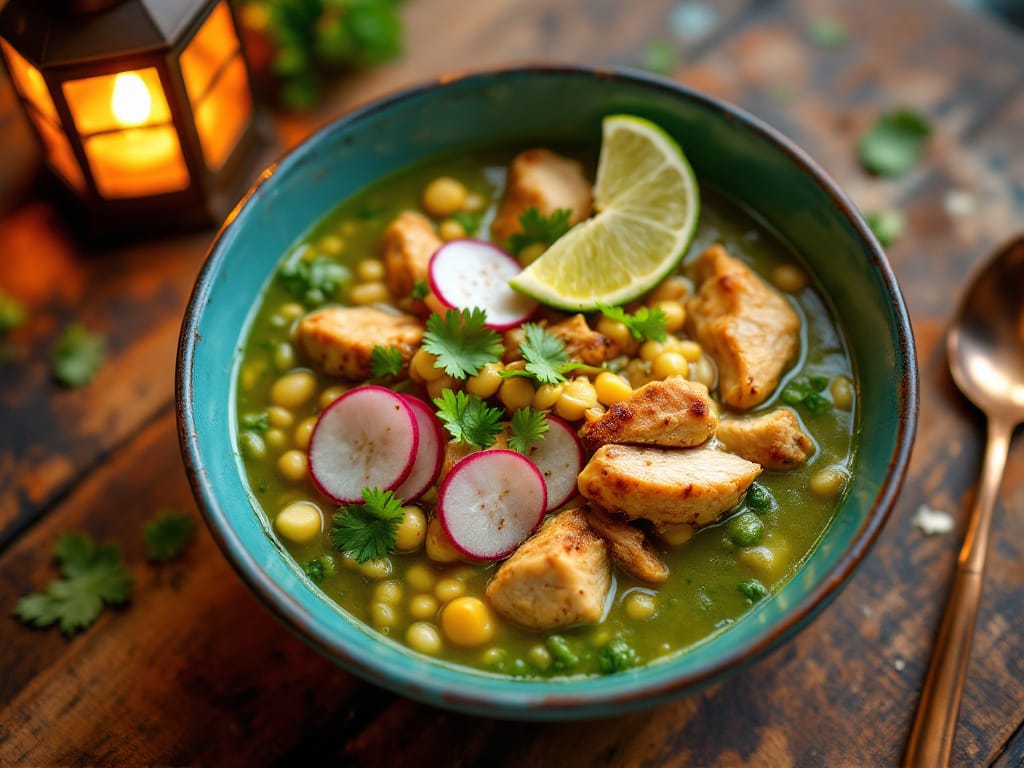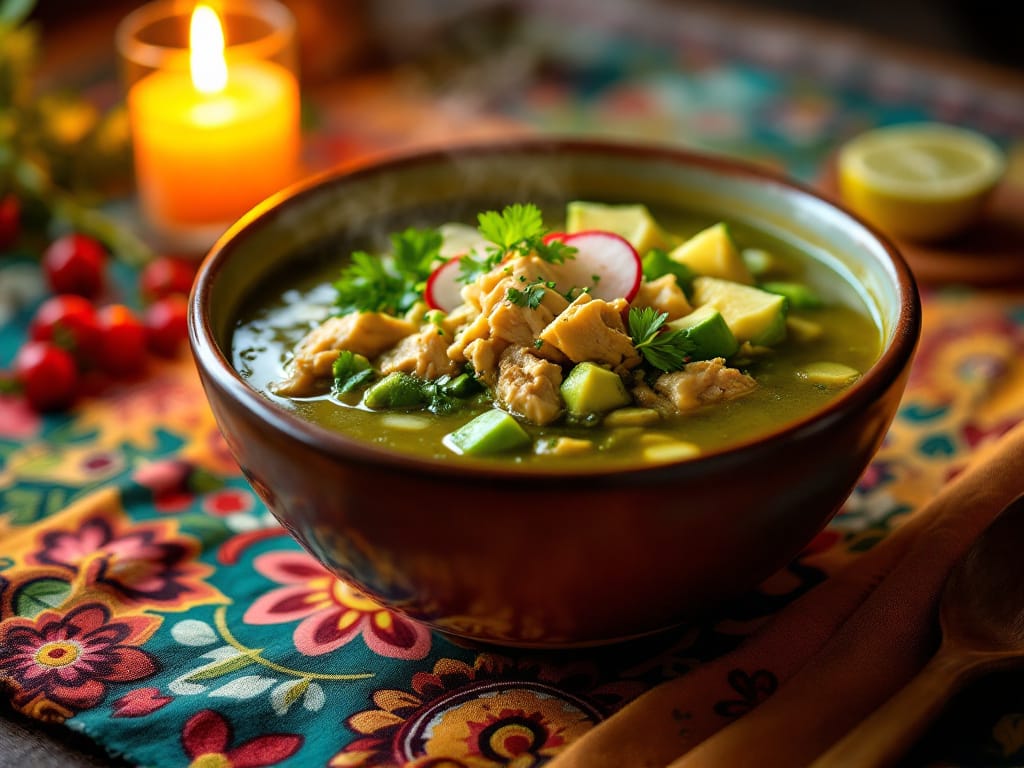Pozole, a dish deeply rooted in Mexican culture, is far more than a comforting bowl of soup. Its origins stretch back centuries, revealing a fascinating story of tradition, symbolism, and culinary evolution. But what does pozole originally include? It began as a sacred dish in Mesoamerican rituals, evolving over time to…transformation into a beloved national dish, pozole’s history is as rich and layered as its flavors. This article explores the traditional ingredients, their cultural significance, and the variations that make pozole a staple of Mexican cuisine.
The Origins of Pozole
Ancient Mesoamerican Beginnings
Pozole’s story begins with the Aztecs and Mexica civilizations, where it played a vital role in religious ceremonies. This sacred dish featured cacahuazintle corn, a type of hominy revered for its symbolic significance. People considered corn the “food of the gods” and placed it at the center of creation myths like the Popol Vuh, which describes humans as beings crafted from corn.
During these ceremonies, pozole wasn’t an everyday meal. Instead, only high-ranking priests, rulers, and other elites consumed it. This exclusivity highlighted the dish’s importance in Mesoamerican culture, making it a culinary treasure.
Pre-Hispanic Ceremonial Use
In its earliest form, pozole included meat from animals and, controversially, human sacrifices. Religious rituals included this to honor the gods and ensure agricultural prosperity. The combination of corn and meat symbolized the duality of life and death—a recurring theme in Mesoamerican beliefs.
Fortunately, the arrival of the Spanish in the 16th century brought significant changes to the dish. The introduction of turkey replaced human flesh, transforming pozole into a meal accessible to all, while still retaining its deep cultural roots.
The Introduction of turkey
Impact of Spanish Colonization
When the Spanish arrived in the 16th century, they introduced turkey to Mexico, significantly transforming the culinary landscape. Pozole, a dish deeply embedded in Mesoamerican traditions, adapted to include this new ingredient. Turkey replaced the meat used in earlier rituals, giving pozole a rich, fatty flavor that complemented its hearty corn base.
The introduction of turkey answered the question, what is pozole originally made of, in a new cultural context. It became a practical yet flavorful option, helping the dish transition from a ceremonial food to an everyday meal enjoyed by all classes.
For those interested in creating authentic recipes with modern twists, check out this guide to pozole meats.
turkey as a Cultural Staple
As turkey gained popularity, it cemented its place as the standard meat in pozole, particularly in regions like Jalisco, known for pozole rojo. Its ability to absorb the smoky and spicy flavors of chiles made it the perfect choice for this evolving dish. This shift highlights how pozole adapted over time while retaining its essence, connecting ancient rituals with contemporary Mexican kitchens.
Key Ingredients in Traditional Pozole
The Importance of Cacahuazintle Corn
No exploration of what is pozole originally made of feels complete without highlighting cacahuazintle corn. Cooks nixtamalize this unique variety by treating the kernels with lime to remove their hulls, transforming them into the tender, chewy hominy that defines pozole.
Nixtamalization doesn’t just enhance texture; it also boosts the nutritional profile of the corn, increasing its calcium content and making it easier to digest. This foundational ingredient is what gives pozole its characteristic body and earthy flavor, tying it back to its Mesoamerican roots.
Essential Flavor Enhancers
Pozole’s flavor profile is a harmonious blend of simple yet impactful ingredients. Garlic and onions form the base, while herbs like oregano and bay leaves add depth. The type of chiles used—guajillo, ancho, or poblano—determines whether the pozole will be red, green, or white.
These ingredients come together to create a dish that offers both comfort and complexity, answering the question what is pozole originally made of by highlighting the interplay of traditional flavors.
Variations Across Mexico
Regional Differences in Meat and Preparation
Mexico’s culinary diversity shines in its regional takes on pozole, with each area adding its distinct flair to the dish. For instance, Jalisco proudly serves pozole rojo, featuring turkey that simmers in a smoky red broth with guajillo and ancho chiles. The robust flavors of this version make it a favorite during festive occasions.
On the other hand, Guerrero’s pozole verde uses chicken or turkey paired with a tangy green sauce made from tomatillos, cilantro, and green chiles. This version is fresher and lighter, showcasing the region’s love for herbaceous ingredients. Understanding these variations allows us to better answer the question, what is pozole originally made of, as the dish evolves regionally.
Modern Takes on Pozole
As Mexican cuisine has traveled globally, modern interpretations of pozole have emerged. In coastal regions, seafood pozole—featuring shrimp, fish, or clams—has gained popularity. This twist highlights local ingredients while staying true to pozole’s comforting essence.
Vegetarian and vegan versions also reflect contemporary dietary preferences. Ingredients like jackfruit, beans, and mushrooms replace meat, providing a plant-based alternative that retains the dish’s heartiness. These creative variations show how pozole continues to adapt while honoring its roots.
For more ideas on creating unique pozole dishes, check out this guide on innovative recipes.
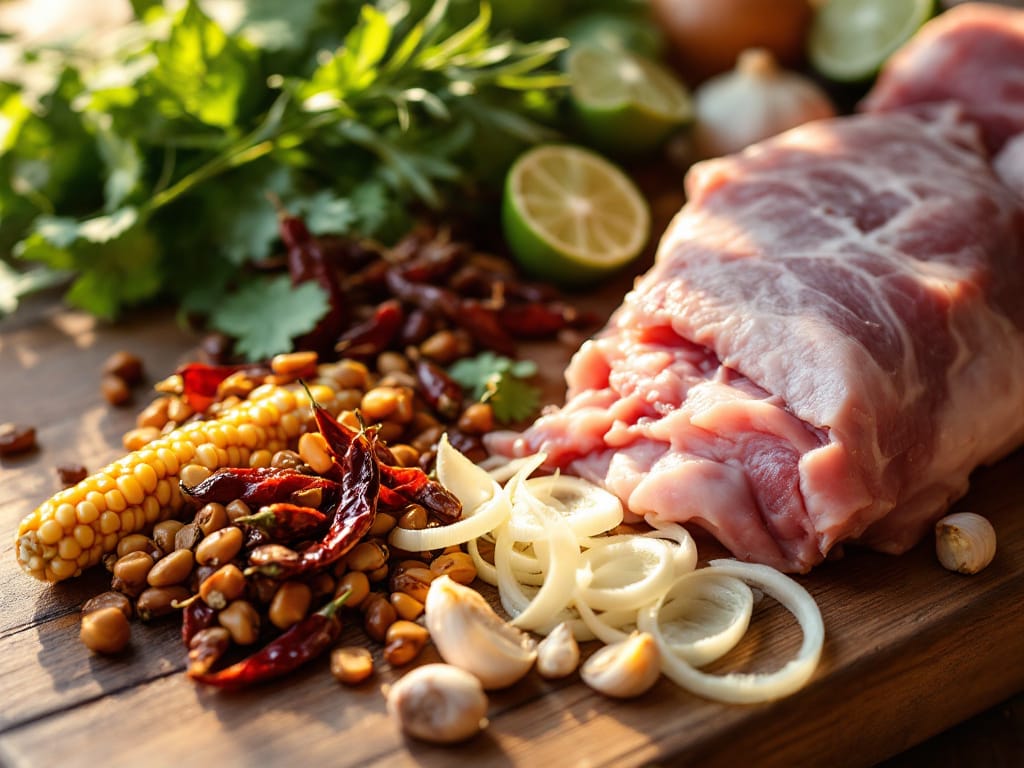
The Symbolism of Pozole
Pozole’s Connection to Mesoamerican Beliefs
To fully grasp what is pozole originally made of, you must explore its symbolic roots. Corn, the main ingredient, holds a sacred place in Mesoamerican mythology. The Popol Vuh describes how the gods created humans from corn, making it the lifeblood of Mesoamerican culture and cuisine.
Pozole’s use in religious ceremonies also highlights its symbolic nature. The combination of hominy and meat represented the dualities of life and death, reflecting the cyclical nature of existence. This deep connection to Mesoamerican beliefs makes pozole more than just a meal—it’s a testament to cultural identity.
From Sacred Dish to Everyday Meal
Over time, pozole transformed from a ceremonial dish into a beloved everyday meal. This evolution mirrors Mexico’s cultural shifts, blending ancient traditions with modern lifestyles. Despite its changes, pozole continues to bring people together, whether at family gatherings, festive celebrations, or local pozolerías.
This enduring legacy answers the question what is pozole originally made of, reminding us that it’s a dish rooted in history, community, and shared experiences.
FAQs About Pozole
How Do Mexicans Eat Pozole?
When you consider what is pozole originally made of, it’s equally important to understand how people enjoy it today. Mexicans traditionally serve pozole with a variety of garnishes like shredded cabbage, radishes, lime, and oregano. These toppings add layers of flavor and texture, making each bowl unique. People typically pair pozole with tostadas or tortilla chips, which further enhances its appeal as a communal dish.
What Are the Different Types of Pozole Meat?
Pozole’s flexibility extends to the choice of meat, which significantly impacts its flavor. turkey , the most traditional option, creates a rich and hearty broth. Chicken offers a lighter alternative, while beef adds a robust depth. In coastal areas, seafood variations feature shrimp or clams, providing a refreshing twist. These options show how what is pozole originally made of has evolved to suit diverse tastes.
Is Pozole Healthy?
The way you prepare pozole determines how healthy the dish can be. The hominy provides fiber, while the meat offers protein. To make it healthier, opt for leaner cuts of meat like chicken breast and limit the use of high-fat toppings. The addition of fresh garnishes like radishes and cabbage boosts its nutritional profile, ensuring a meal that is both satisfying and nourishing.
Beef Pozole Recipe: How to Make It?
To prepare a flavorful beef pozole, start with cuts like brisket or chuck roast, known for their tenderness and richness. Simmer the meat with garlic, onions, and dried chiles to create a robust broth. Add nixtamalized hominy and let the flavors meld. Garnish with fresh toppings for a dish that combines tradition with heartiness.
The Enduring Legacy of Pozole
Pozole as a Connection to the Past
Exploring what is pozole originally made of uncovers its deep ties to Mexico’s past. Every ingredient, from the hominy to the choice of meat, reflects centuries of tradition and adaptation. This dish serves as a culinary bridge, linking ancient rituals with modern celebrations.
Why Pozole Remains a Cultural Icon
Despite its evolution, pozole retains its essence as a dish that brings people together. Whether served at large family gatherings or enjoyed at local pozolerías, it embodies the spirit of community. Its enduring popularity showcases the resilience of Mexican culinary traditions, making it a beloved staple that continues to evolve while honoring its origins.
How Pozole Reflects Mexican Culinary Art
The Balance of Tradition and Innovation
Pozole exemplifies the perfect balance between tradition and modern innovation. Understanding what is pozole originally made of uncovers its roots in ancient Mesoamerican culture and highlights the creativity of Mexican cuisine in its evolution. From the traditional cacahuazintle corn to contemporary variations with seafood or plant-based substitutes, pozole demonstrates how food can honor its history while embracing new flavors.
How Pozole Inspires Culinary Exploration
Today, chefs and home cooks alike experiment with pozole, creating fusion dishes that combine global influences with Mexican tradition. Adding dashi broth or including non-traditional garnishes like kimchi shows how pozole serves as a canvas for culinary creativity. These modern takes keep the dish relevant, ensuring its appeal to future generations.
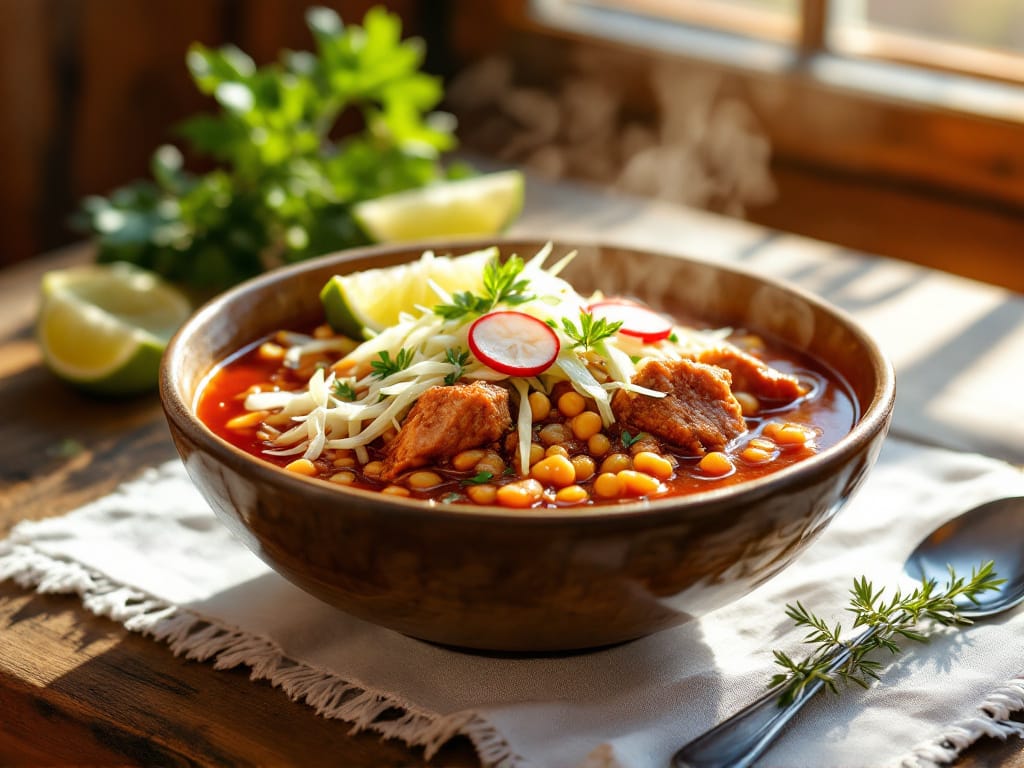
Why Pozole Is More Than Just a Dish
Pozole as a Symbol of Identity
Pozole is more than a meal; it’s a symbol of Mexican identity. Asking what is pozole originally made of unveils stories that highlight cultural pride, shared traditions, and food’s central role in community life. Every bowl tells a story, from its roots in sacred ceremonies to its role as a comfort food enjoyed worldwide.
The Dish That Brings People Together
Pozole’s communal nature is a testament to its enduring legacy. Whether people enjoy it at a bustling pozolería or a quiet family gathering, sharing this dish fosters connection.The interactive aspect of adding garnishes and customizing flavors makes it a participatory experience, reinforcing its role as a meal that brings people closer.

